Mafia: The Old Country's Gripping Drama Is Undercut by Its Decades-Old Gameplay
Under this fumbling articulation sits a cover scaffolding borrowed whole from a playbook written decades ago. Run to low concrete, snap the puppet camera 90 degrees, peer over, and perform the ritual of popping heads that have no individual detail, no reason to remember. The props loop endlessly; the mooks run a choreography you have seen in a tutorial, and then they run it again and again, each trigger-pull punctuating the sameness.
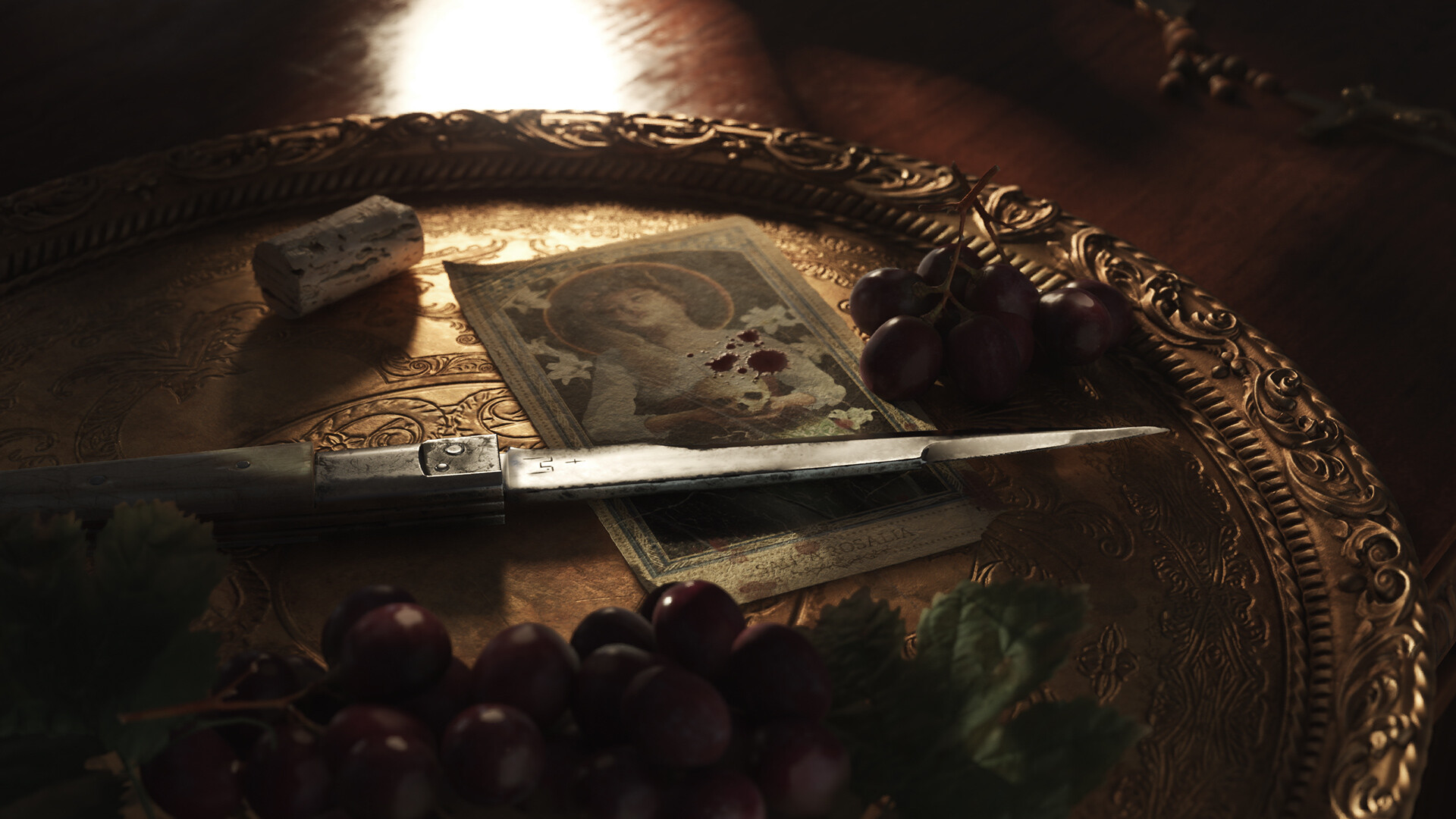
A Playbook Written in Concrete: The Bechanical Repetition of a Forgotten Era
The mechanics function, of course; they slide into place, and the bullets follow the arcs the developers prescribed. But they do so with the charisma of placeholder animations, the rhythm as inventive as a cash register ding. In an age when even small-budget brawlers and stealth outings loop lock-picks, bullet-time, and knife-silent-takedowns into braided interplay, Mafia: The Old Country still adopts the dusty script that says guns go here, therefore guns are. The box is ticked; the soul remains on the table, cold and waiting for a senator's approval.
Charisma of a Cash Register Ding: How Competent but Placeholder Mechanics Sabotage the Script
What you are left with is a frustrating rupture between drama and mechanics. One moment, the screen fills with a cinematic flourish: the Don, cloaked in shadow, delivers a warning about blood and regret, and you lean into the dialogue because you want the lessons to matter. The next moment, you paw through another concrete box, pop the safety off a limp sidearm, and drop a string of faceless henchmen with a single throwaway headshot. The blood of Enzo's victims stays at arm's length; their weight is narrated to you rather than pressed into your fingers during play. The controller vibrates, but it is not the vibration of conscience—it is the buzz of yet another enemy falling into the same predictable hall.

The Rupture: When Drama Meets a Limp Sidearm: The Frustrating Clash Between Cinematic Narrative and Rote Gameplay
That rupture is the title's quiet undoing. The script begs you to feel the heft behind every shell ejected, to absorb the ledger of lives ruined, but the mechanics turn the ledger into a rote score tally. The ritual of shooting twenty carbon-copy thugs in a storage bay is not a crescendo of morality; it is a treadmill of rote clicks. After the fourth repetition, the gun sounds like a rubber band and the blood like paint. By the end, Enzo's final seminar on regret arrives alongside a numerical score that asks you to consider replaying the sequence for a new chain of headshots. The contradiction does not “converse” with the story—it erases its conviction, leaving you in a hall of mirrors where the final gunshot echoes, but the conscience does not.
A Score Tally, Not a Conscience: How Predictable Action Erases the Story's Moral Conviction
However, the jewel is forever watched over by the dusty craftsmanship of the last generation. The gunplay is a loose chain of single-note clichés; every slow pivot, every clumsy reload, is a reminder that the interface and the art of the gunfight have not kept pace with the orchestral path the writing has chosen. I winced as cadence after cadence of corridor violence pulled me, keel over, away from the longing quiet the script was carefully nursing.

A Jewel Watched by Clumsy Hands: The Conflict Between Sophisticated Writing and Outdated Interface.
The mechanics are not decorations to be ignored; they are the hands that hold the story of Mafia: The Old Country, and they cannot silence the clumsiness. I recommend it without reservation for the world, the stubborn respect it shows to loss, and the full, unforced portrait of a man in slow metamorphosis. But I hand it over, knowing that to gain that gift, you must pay a coin of endurance; the mechanics are the ticket booth and the turnstile you must walk through time and time again before the screen fades to stillness.

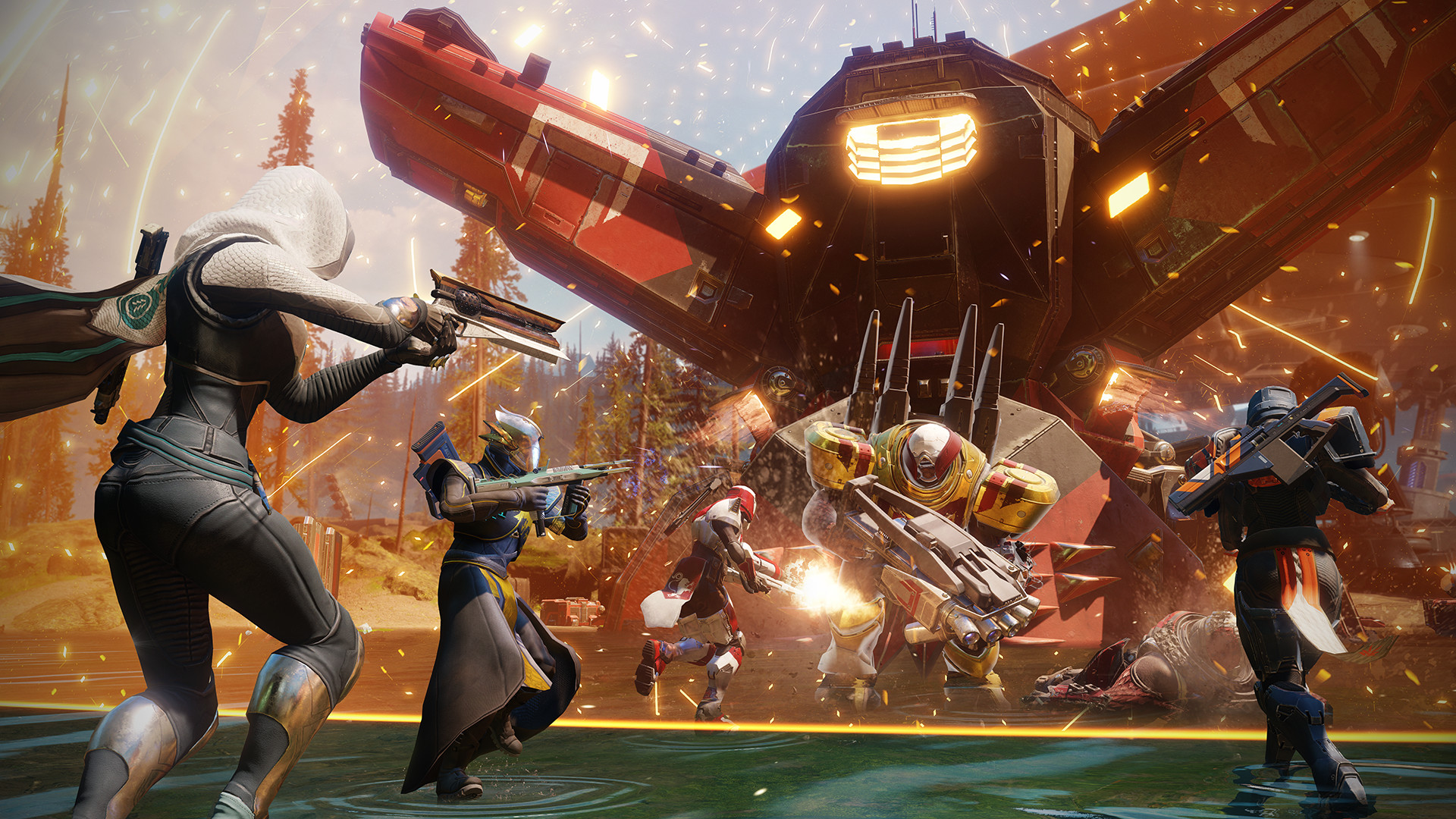




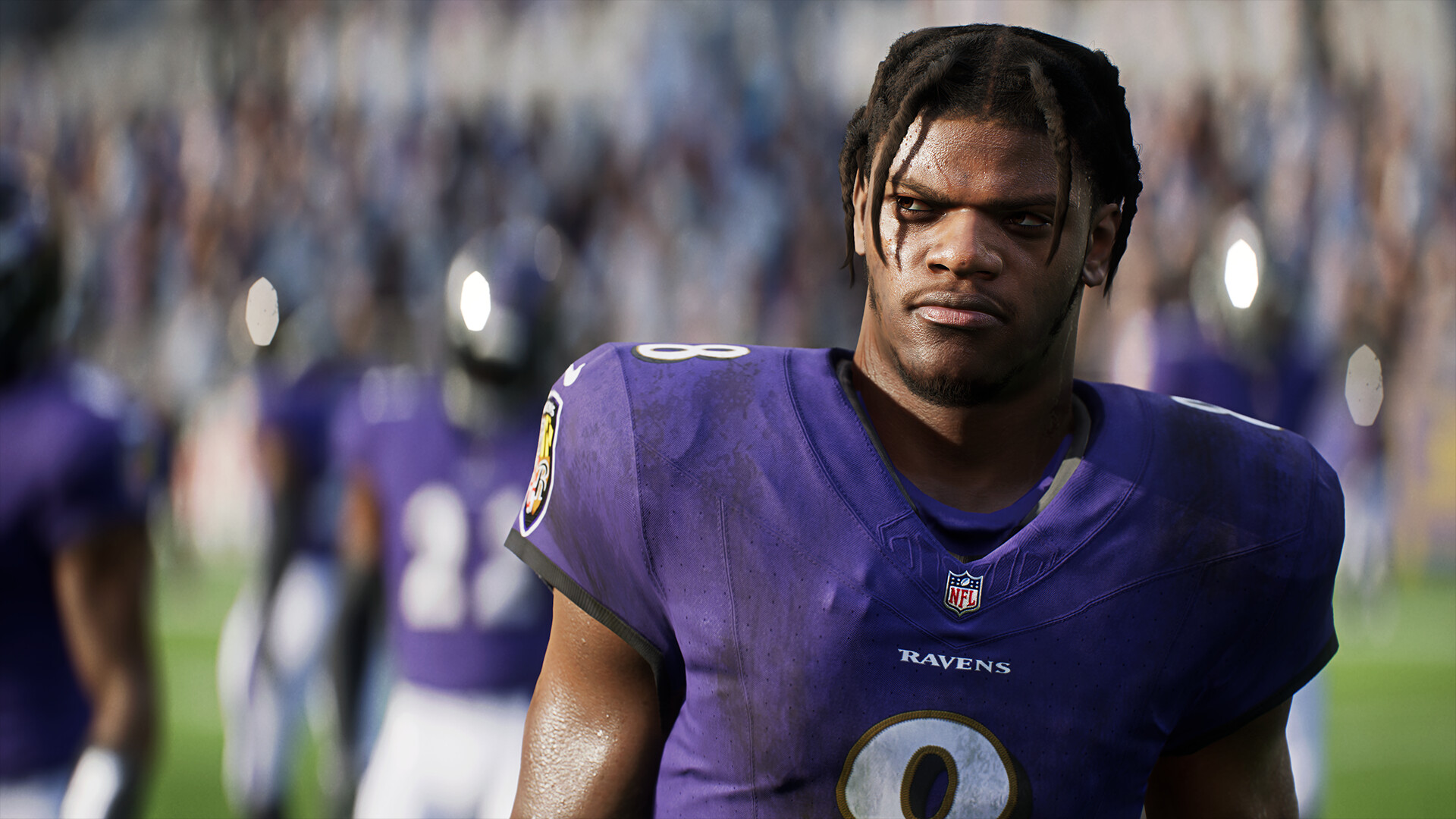
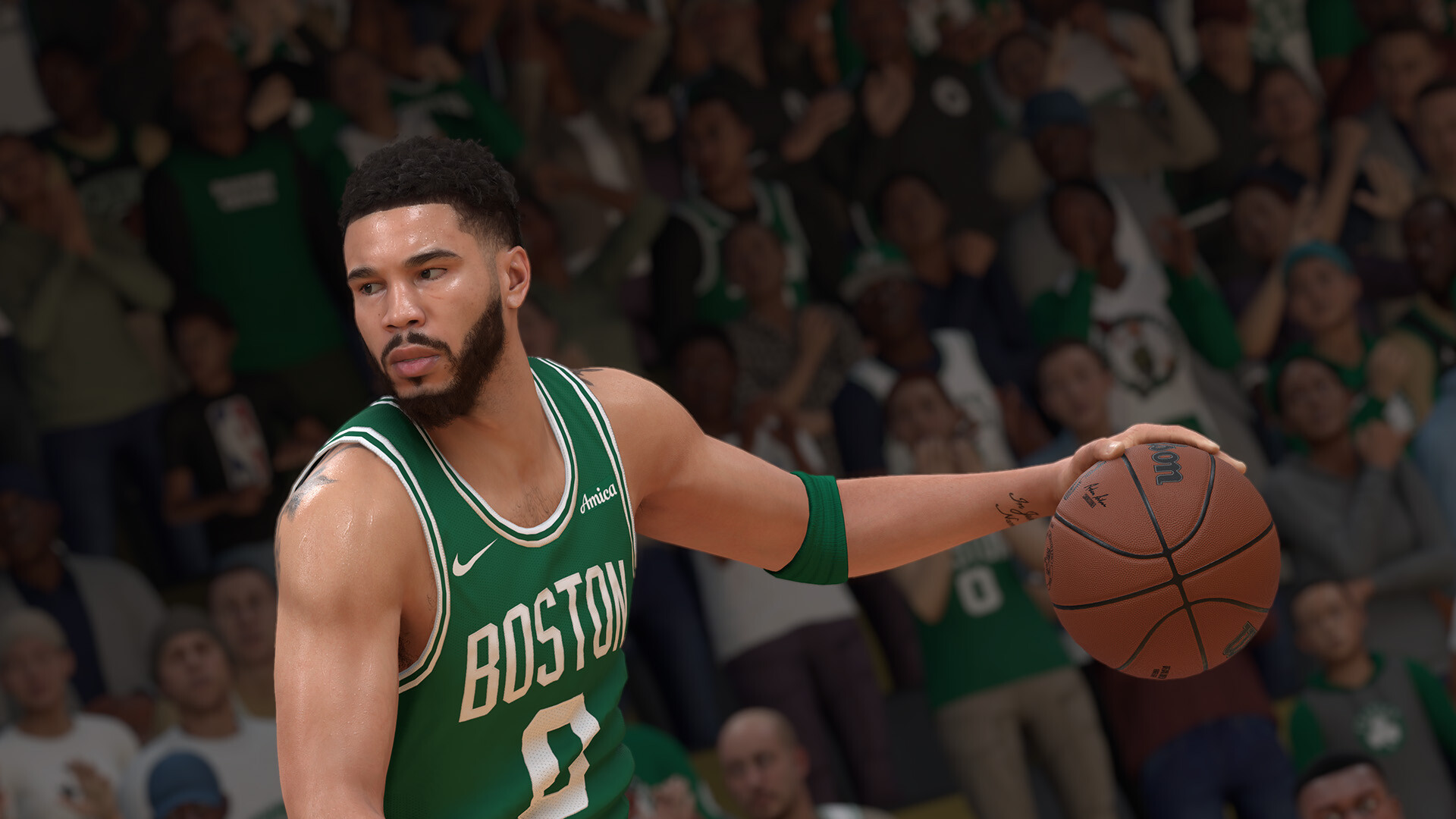
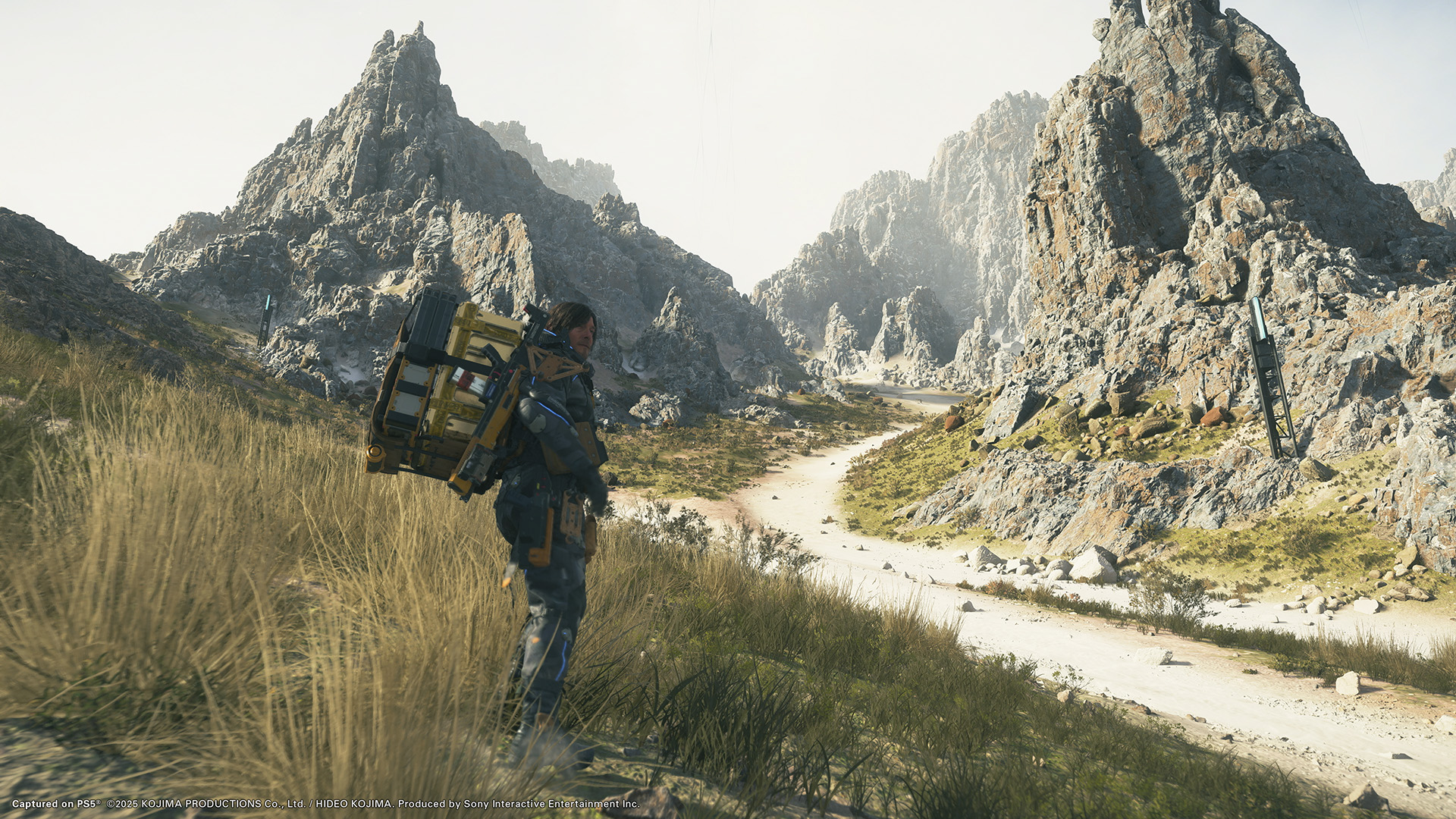
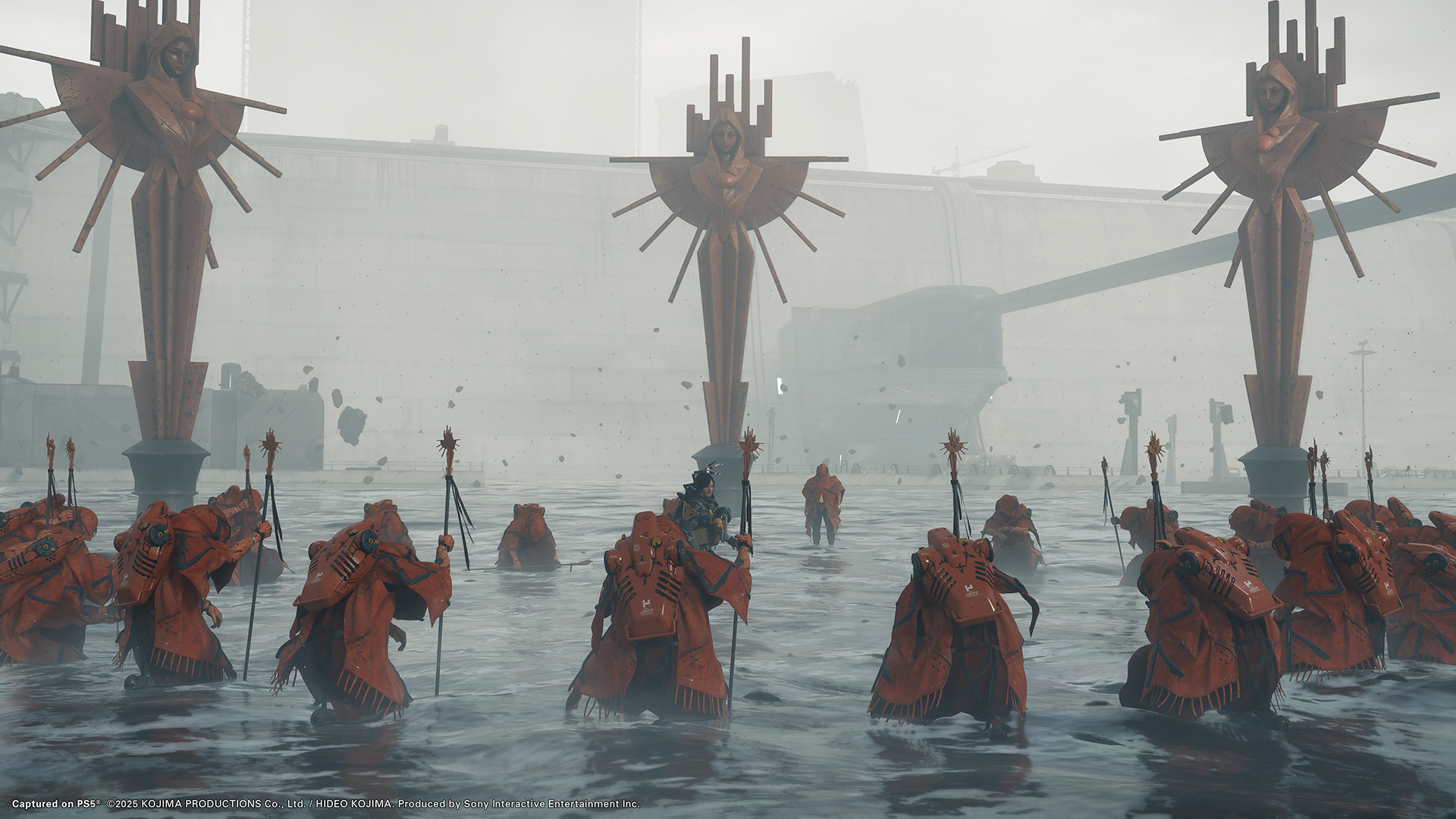
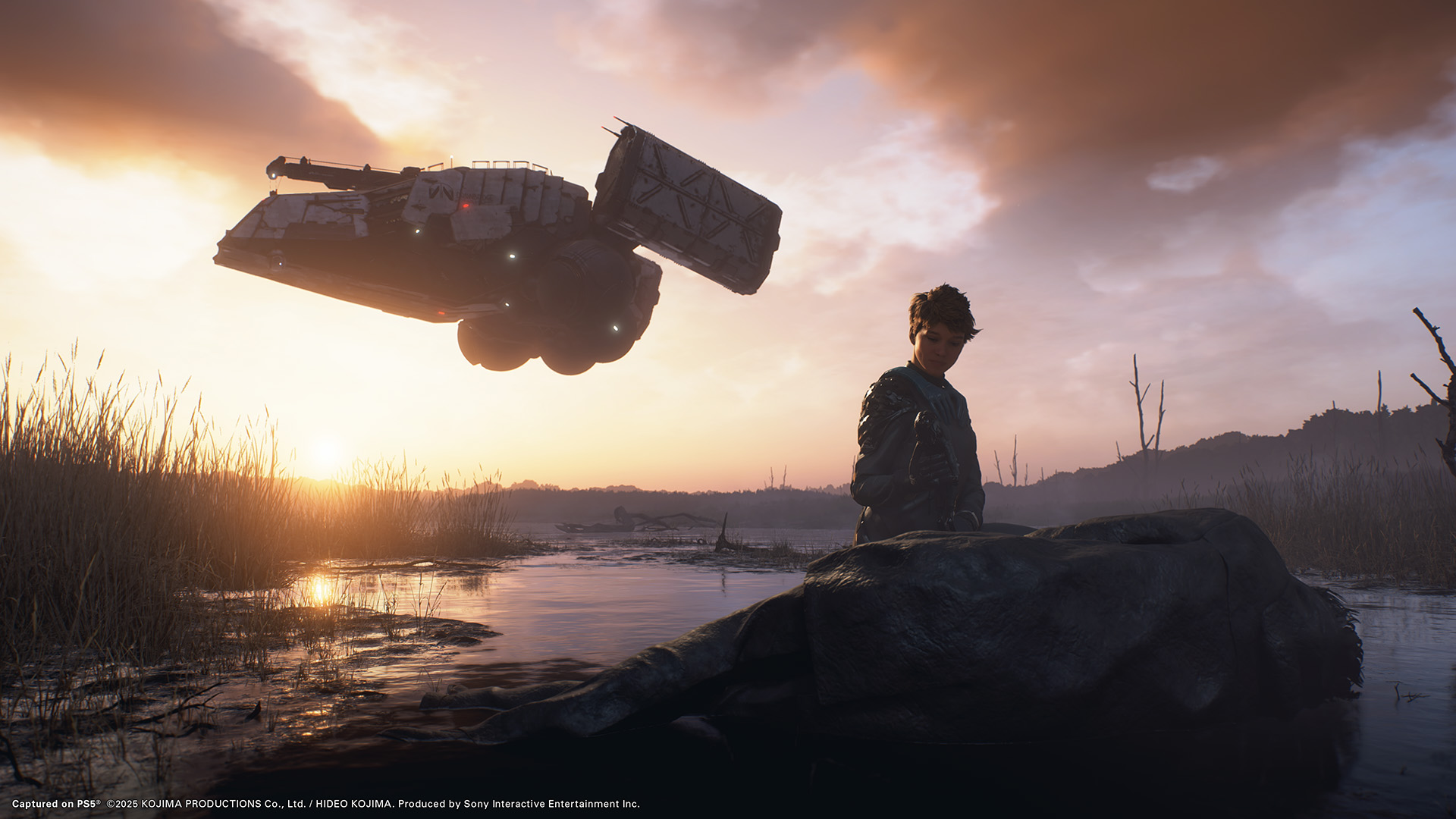
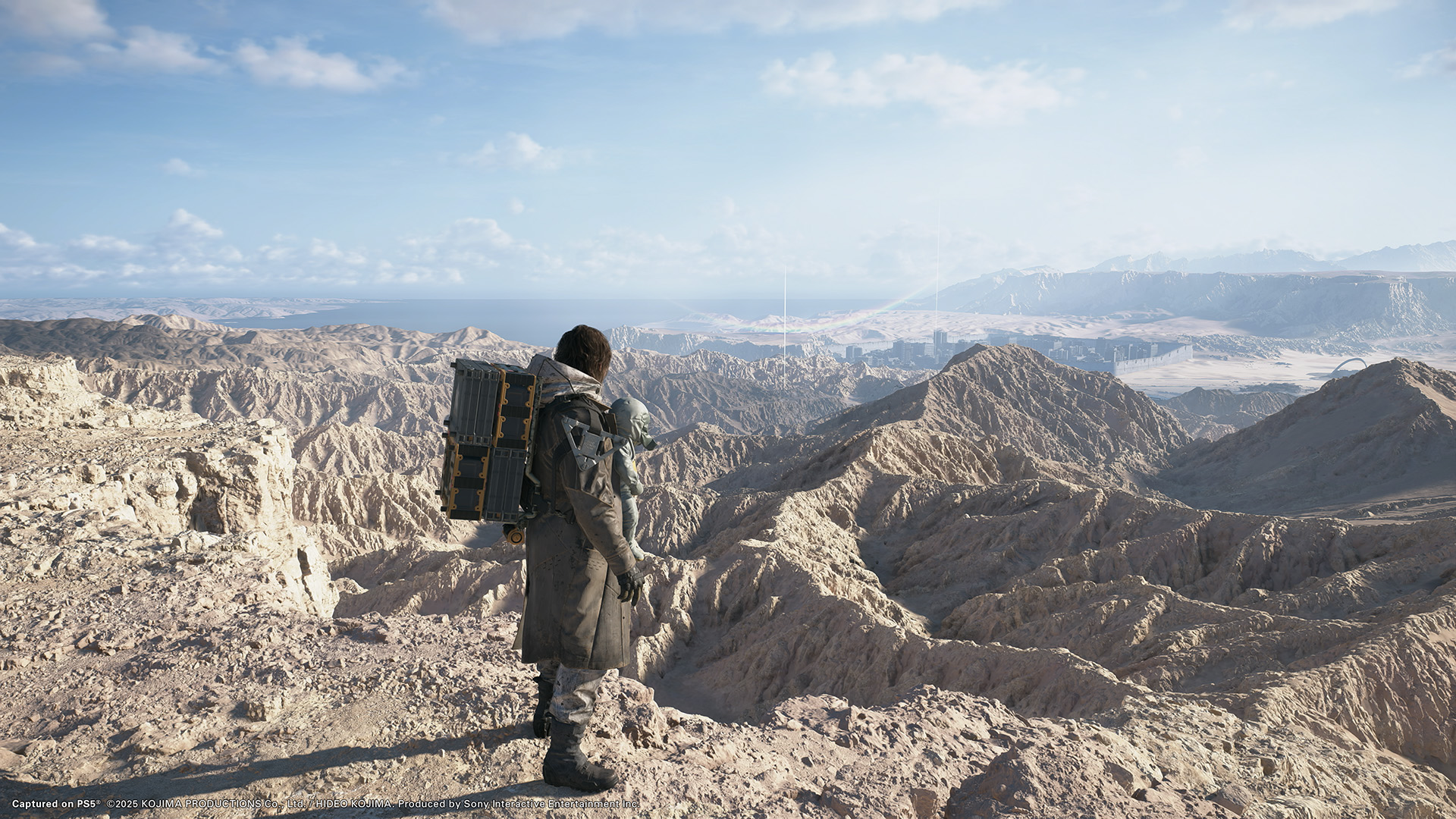







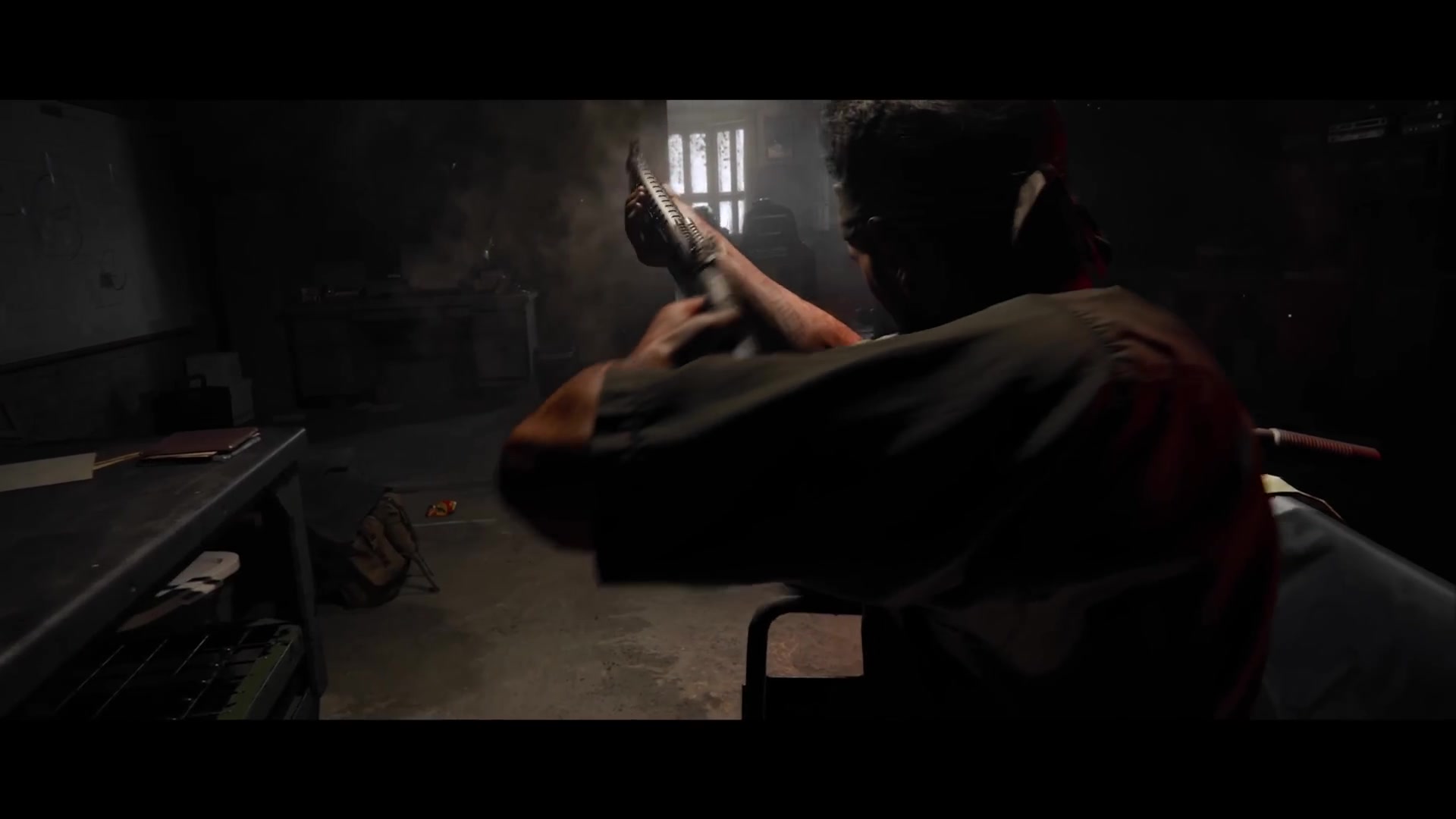
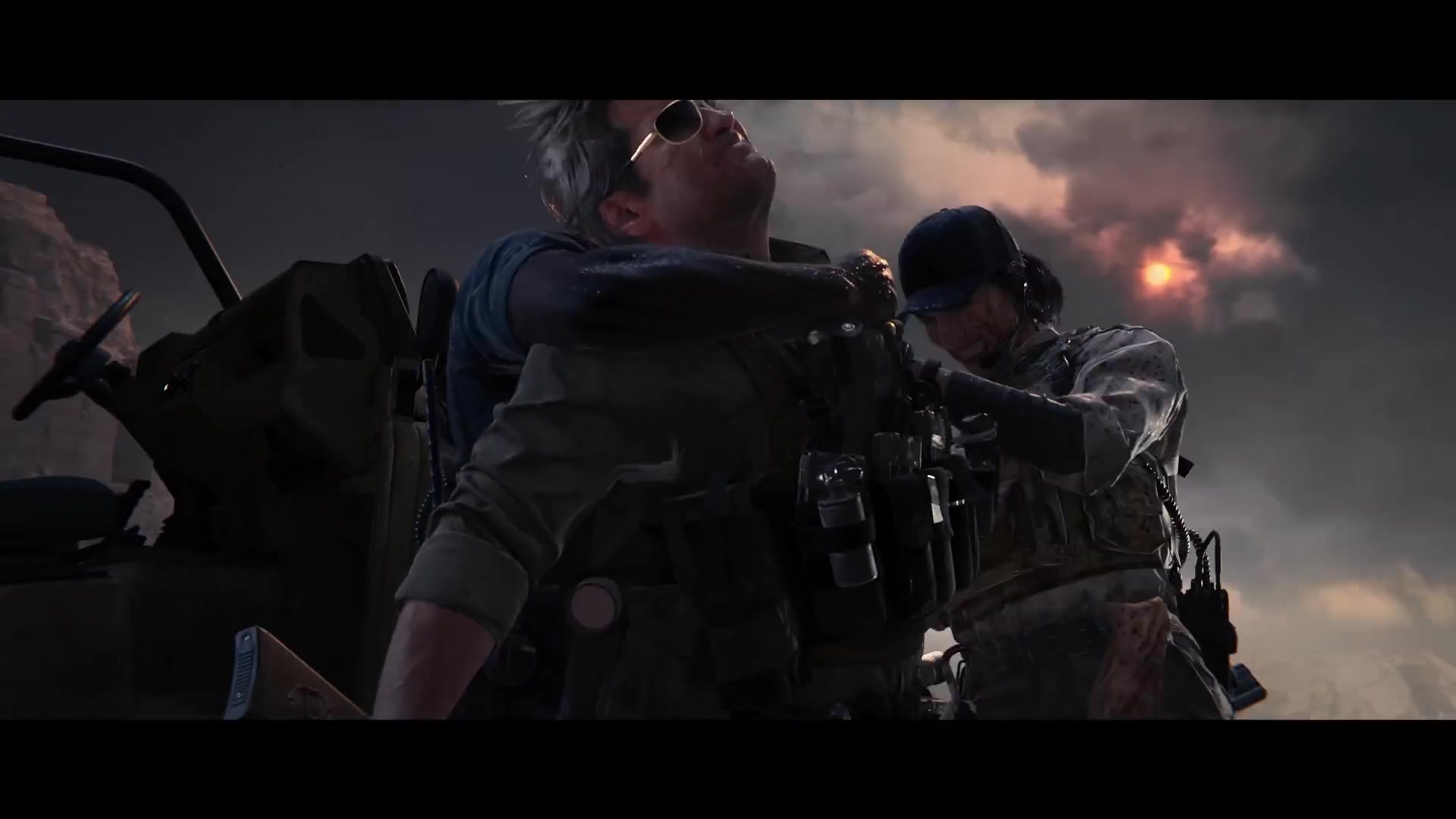
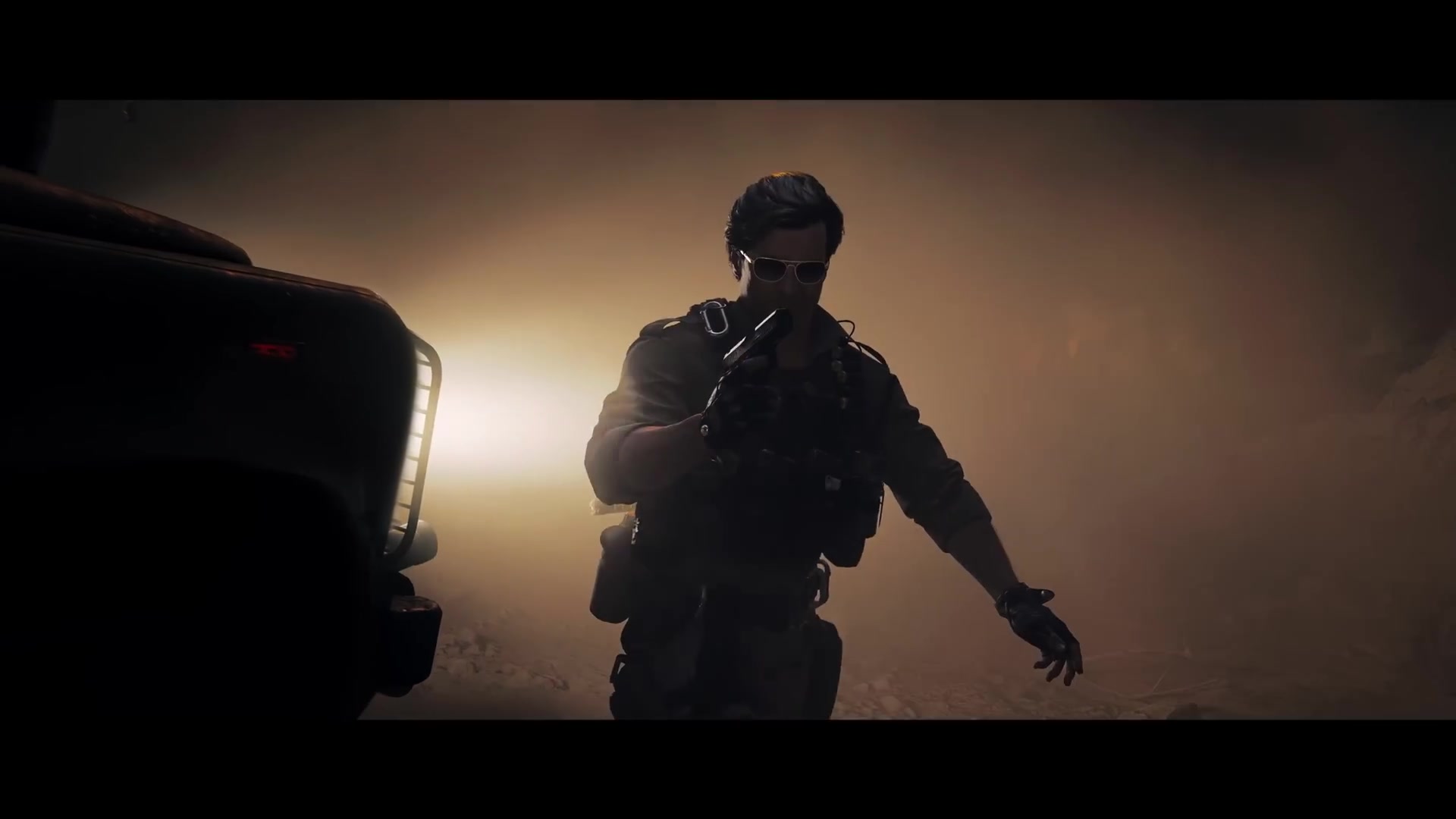
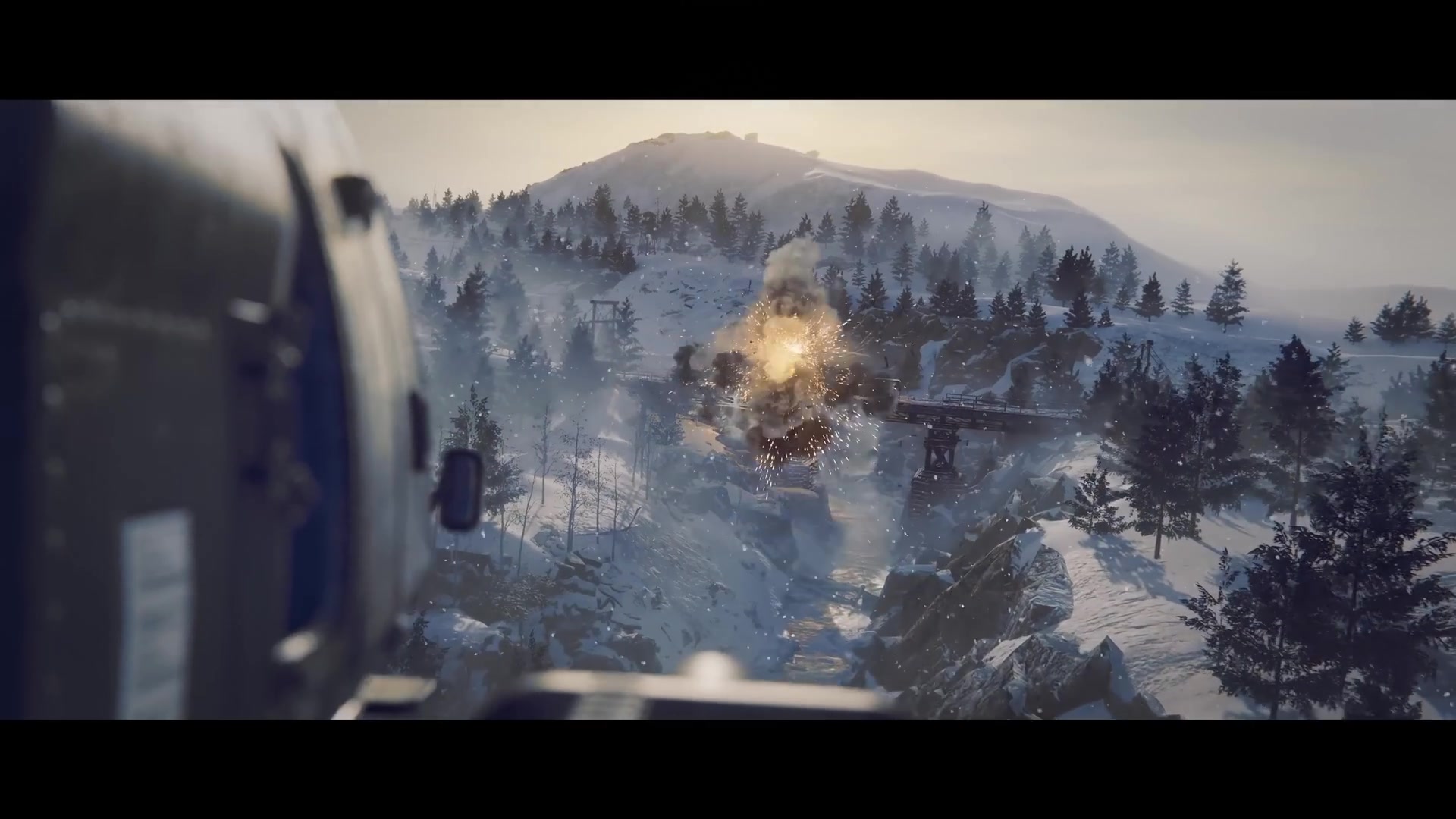
)
)
)





